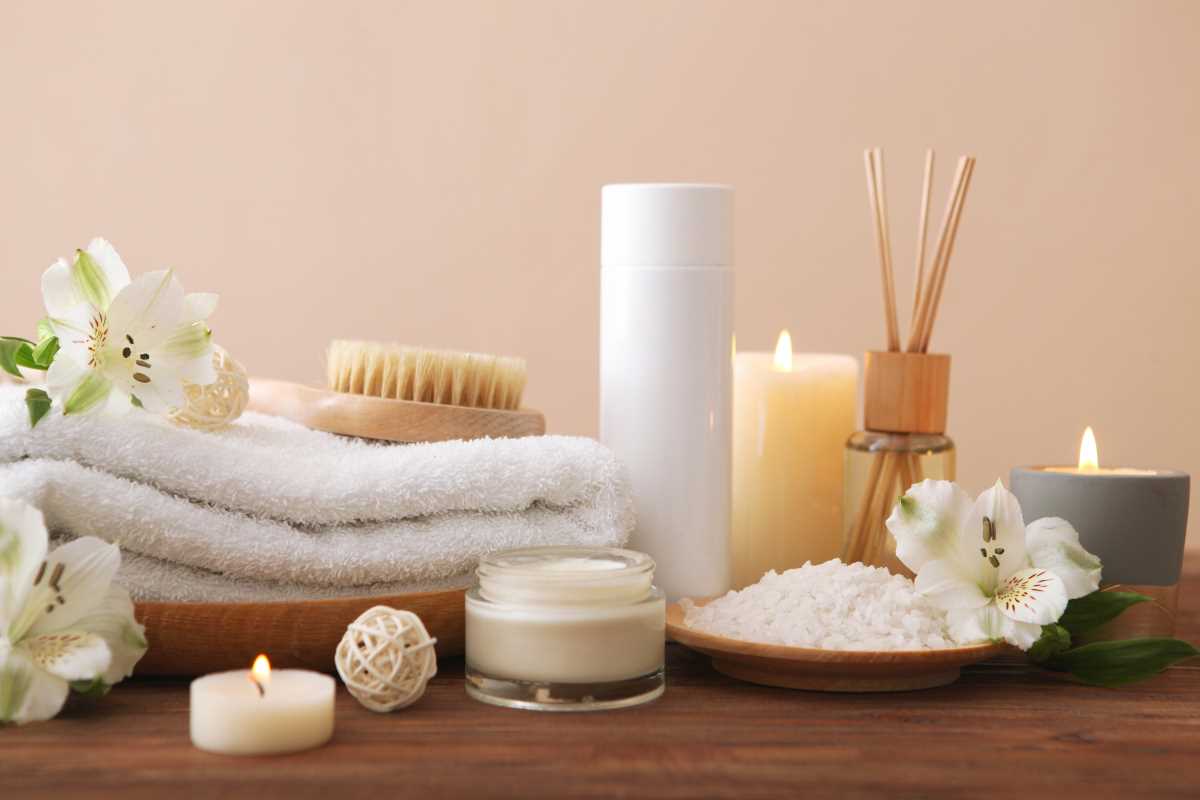Restless nights often leave people longing for true renewal, yet peaceful sleep can seem out of reach. Each morning should begin with clarity and vitality, not exhaustion. You can find a simple, effective approach that brings genuine rest without struggle. Discover practical ideas and reliable methods that turn challenging nights into periods of genuine recovery, so you greet each day with a renewed sense of energy and purpose.
Imagine bedtime as a lively workshop rather than a passive waiting room. When you see nightly rest as an active ritual, you turn routine into an opportunity for growth. Think of your bedroom like a sanctuary: lighting, temperature and sound each influence how well you rest. When you tweak one element at a time, you discover what your body truly responds to.
Fresh Ideas to Improve Sleep
Try adding a brief pre-sleep calibration session. Spend five minutes adjusting airflow, dimming lights and settling into a favorite position. A simple five-breath exercise can ground you. This method shows how subtle shifts—like swapping a synthetic fiber pillowcase for a bamboo one—can unlock deeper waves of recovery. Experiment carefully and record the effects in a bedside journal to find patterns that lead to consistent rest.
Quality sleep doesn’t have to be elusive. View the hours before sleep as a hands-on experiment, and you will find what sparks real relaxation. Stay curious and notice how every factor—from mattress firmness to bedside reading material—either calms or stimulates your mind. Over time, you will craft a personalized sequence that signals to your body: it’s time to recharge into restful nights.
Small Changes, Great Results
Adjusting everyday habits can lead to big improvements in sleep. Start by aligning your movement patterns with your natural circadian rhythm. If you take a brief midday walk under indirect sunlight, you strengthen your internal clock and experience calmer evenings. It’s not about long marathon sessions but about precise timing—ten minutes around midday feels more effective than an hour at dawn.
Next, review your kitchen choices. A cup of herbal infusion or a light snack rich in tryptophan and complex carbs can help you transition to rest. Keep portions small to avoid disrupting digestion. Over a week, track how each snack affects your sleep time and number of awakenings. You will learn which combinations support smooth drifting off.
Tools and Tactics to Try Tonight
- Binaural Audio Tracks
- Purpose: Encourage deeper theta-wave activity for relaxation.
- How to Use:
- Choose a calm ambient track.
- Wear stereo headphones.
- Play at low volume for 20 minutes.
- Availability: Many free apps offer guided sessions.
- Insider Tip: Adjust volume until you feel a gentle “pulse” without discomfort.
- Adjustable Weighted Blanket
- Purpose: Mimic gentle pressure to calm the nervous system and reduce restlessness.
- How to Use:
- Select a blanket weighing ~10% of your body weight.
- Spread it evenly across shoulders and torso.
- Lie still for five minutes to settle into the pressure.
- Cost: $60–$150.
- Insider Tip: Opt for breathable cotton covers to prevent overheating.
- Blue-Light Blocking Glasses
- Purpose: Block stimulating wavelengths to help melatonin production.
- How to Use:
- Wear two hours before bedtime.
- Keep them on during screen use or under artificial lighting.
- Clean lenses nightly.
- Availability: Models under $25 online.
- Insider Tip: Combine with light evening stretches for a stronger calming effect.
- Temperature-Regulating Mattress Topper
- Purpose: Maintain optimal skin-to-air temperature to prevent overheating.
- How to Use:
- Place topper over your mattress.
- Set thermostat to 65–68°F.
- Wear breathable sleepwear.
- Cost: $80–$200.
- Insider Tip: Place a small towel under the topper near your feet to manage night sweats.
- Guided Body Scan Routine
- Purpose: Quiet racing thoughts through progressive muscle relaxation.
- How to Use:
- Start at the toes, tensing and releasing each muscle group.
- Gradually move up to shoulders and neck.
- Pair with diaphragmatic breathing.
- Availability: Free scripts online or self-recorded.
- Insider Tip: Record your script and loop it for a hands-free experience.
Handling Common Sleep Challenges
Identify and address sleep disruptors like late caffeine, shifting schedules, or travel changes. Swap coffee for herbal tea, keep a portable bedtime kit, and use calming mantras or visualizations instead of screens during night wakings. With consistent, practical responses, you can turn interruptions into brief resets and build a more restorative sleep routine.
.jpg) (Image via
(Image via





